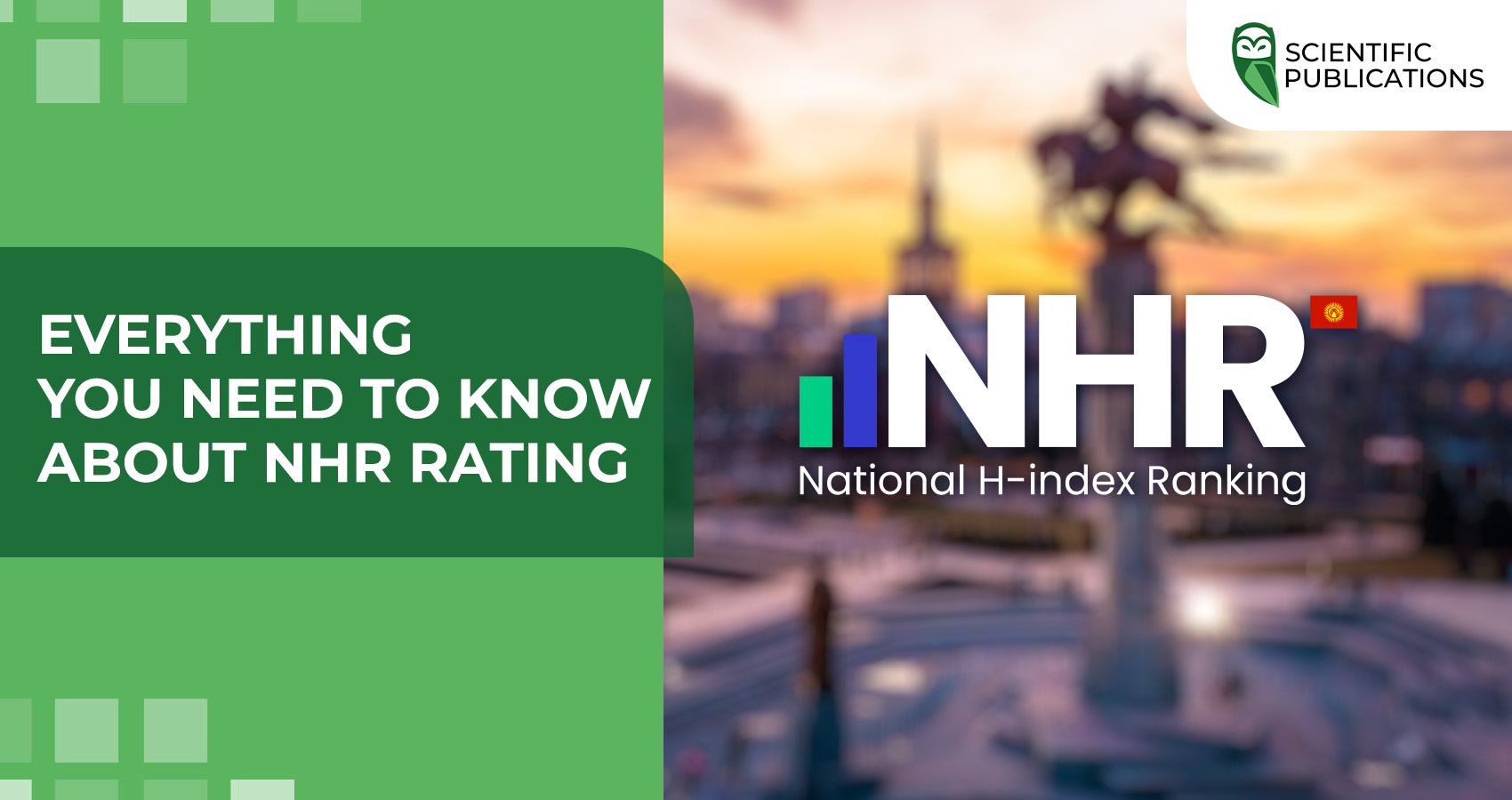There are many rankings that evaluate educational institutions both nationally and internationally. One of them is the National H-index Ranking. What should you know about this ranking?

National H-index Ranking
The National H-index Ranking (NHR) is an international independent non-profit ranking created to assess the scientific performance of researchers, research teams, universities, academic institutions and research centres in a particular country based on the consolidated Hirsch index. This index is a widely recognised, popular and reliable indicator in the field of science. A team of scientists from the United States, the United Kingdom, Ukraine, the Netherlands, and Turkey is working on the project.
Types of National H-index Ranking
- Ranking of organisations in Scopus
- Ranking of organisations in Web of Science
- Ranking of organisations in Google Scholar
- TOP 1000 scientists in Scopus
- TOP 1000 scientists in Google Scholar
Objectives of the National H-index Ranking:
- Assessment of the level of scientific achievements in countries and organisations.
- Promoting the development of science through an international approach.
- Determining scientific progress and productivity.
- Ensuring transparency and objectivity in science.
- Realising the scientific potential of organisations and scientists.
- Attracting experts and best practices.
- Recognition of outstanding scientific achievements.
National H-index Ranking methodology
The ranking takes into account the overall Hirsch index of the country's scientific institutions based on data from scientometric platforms such as Scopus, Web of Science and Google Scholar. Based on this data, the National H-index Ranking is calculated and the corresponding ranking position is determined.
The National H-index is calculated as the arithmetic mean of the h-index values from three sources: Scopus, Web of Science and Google Scholar.
Hirsch index in Scopus
The H-index in Scopus is an indicator of scientific performance and activity within the Scopus scientometric database. Its calculation is based on the number of publications indexed in Scopus and the number of citations. The value of the Scopus H-index is displayed in the profiles of scientists and research institutions.
The H-index (Scopus) is the aggregate Hirsch index of a research institution based on the data presented in Scopus.
Hirsch index in Web of Science
The H-index in Web of Science is a metric that reflects the aggregate impact of researchers, universities, research institutions and countries, taking into account the number of scientific publications and their citation level. The indexing of research, author profiles, institutions, and journals in Web of Science Core Collections plays an important role in calculating the index.
The H-index (Web of Science) is defined as the overall Hirsch index of a research institution according to the Web of Science data.
What is the Hirsch index in Google Scholar?
The H-index in Google Scholar is one of the most comprehensive indicators of a researcher's scientific activity, as it covers a wide range of his or her scientific achievements. It reflects the popularity of scientific papers and the overall activity of a researcher based on all materials available on the web.
H-index (Google Scholar) is a measure of the Hirsch index of an academic institution according to Google Scholar.
Due to the openness of the Google Scholar platform, the H-index value is usually higher than that of Scopus and Web of Science.
The National H-index Ranking is calculated on the basis of the Hirsch index from three sources: Scopus, Web of Science, and Google Scholar, with the H-index value of Google Scholar divided by two.
This decision was made by the authors of the ranking in view of the less strict data selection in Google Scholar, where duplicate language versions and variations in the scientific value of publications are possible. The calculation of the H-index (Google Scholar) by dividing by ½ reduces the impact of such features, ensuring greater accuracy, transparency, and quality of calculations.
What countries is the NHR ranking for?
The National H-index Ranking is gradually growing and covering more countries. Currently, the ranking is being formed for the following countries:
- Albania
- Azerbaijan
- Bulgaria
- Kazakhstan
- Kosovo
- Kyrgyzstan
- Macedonia
- Moldova
- Ukraine
When is the NHR ranking updated?
The National H-index Ranking is updated twice a year – in May and November, which allows us to take into account the needs of scientific institutions as much as possible. More frequent updates of this ranking are planned in the future.
Do you want to improve your own or your institution's position in the NHR ranking? Contact “Scientific Publications”! We will help you publish scientific articles and increase your Hirsch index to achieve your goals. Get a free consultation with our manager by filling out the form below, and we will contact you shortly. Together to new heights!





